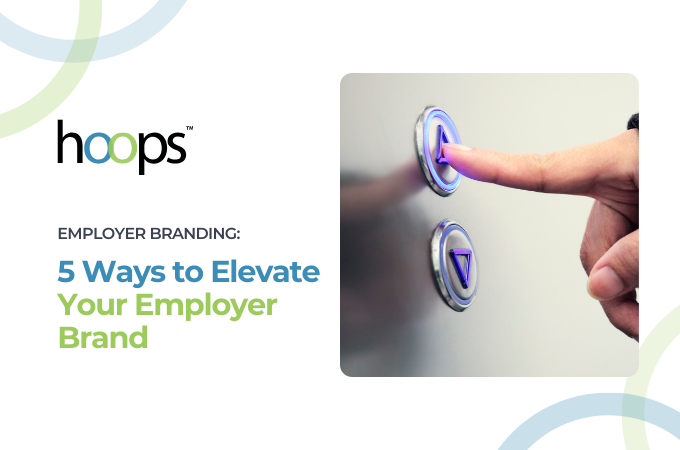Turnover is one of those business expenses that can creep up on you. Sure, you’re aware of the obvious costs—recruiting, onboarding, training—but what about the ripple effects? According to SHRM, replacing an employee costs 50-60% of their annual salary. Add frequent turnover to the mix, and those costs quickly multiply.
What many companies miss is that turnover often begins in the hiring process. The secret to keeping great employees? It starts with recruiting the right ones from the beginning.
The True Cost of Turnover
High turnover isn’t just about filling positions—there are hidden costs that can seriously impact your organization:
- Lost Productivity
You don’t just lose a person—you lose their knowledge, expertise, and industry know-how. Replacing those insights? That could take months. In the meantime, deadlines slip, projects stall, and momentum takes a hit. - Lowered Morale
High turnover creates a sense of instability. Employees notice when their coworkers keep leaving, and it can make them wonder if they should start looking for the exit too. This drop in morale can be contagious, leading to even more exits. - Missed Opportunities
When managers are constantly hiring, they’re less focused on long-term growth initiatives. Recruitment demands take priority, and big-picture projects get pushed aside, delaying innovation and progress.
Retention Starts with Smart Recruiting
Retention isn’t just about offering great benefits or raises after someone’s been hired. It starts with how you recruit in the first place. The right recruiting process can help you identify candidates who will stick around and grow with your company.
-
Cultural Fit Matters
It’s not just about whether a candidate has the skills—it’s about whether they fit your company’s values and culture. Employees who feel aligned with the company’s mission are more likely to thrive and stay longer. -
Thoughtful Screening
Hiring in a rush often leads to bad matches. By using thorough interviews and assessments, you can identify candidates who not only bring the right skills but also show potential for long-term success within your organization. -
Onboarding as Retention’s First Step
Onboarding can make or break a new hire’s experience. SHRM reports that companies with effective onboarding processes see a 82% increase in retention. A clear, supportive onboarding process sets the tone for long-term engagement.
Data-Driven Recruiting for Better Retention
Recruiting is no longer just about instinct—it’s about data. By using tools like Hoops’ Managed Network, you can optimize your job ads and ensure they’re seen by candidates who are the right fit. Machine learning helps refine your search over time, using real-time insights to target candidates who are more likely to stay.
It’s not just about finding someone for the role—it’s about finding someone who will thrive in it for the long haul.
Conclusion: Invest in Recruiting, Save on Turnover
Reducing turnover isn’t just about post-hire retention strategies. It begins with recruiting the right people from the start. By focusing on hiring candidates who align with your culture and long-term goals, you can build a more stable, engaged team—and avoid the hidden costs of high turnover. Invest in wise recruiting practices, and your retention will follow (and so will your bottom line)! 🚀
P.S. - Now the question becomes, what's the cost of recruiting? Be sure to check out our related blog The True Cost of Recruiting Talent for additional insights!
Simplify hiring. Amplify growth. Visit us at hoopshr.com or call 877-262-7358 to learn more!
#yourbesthire







